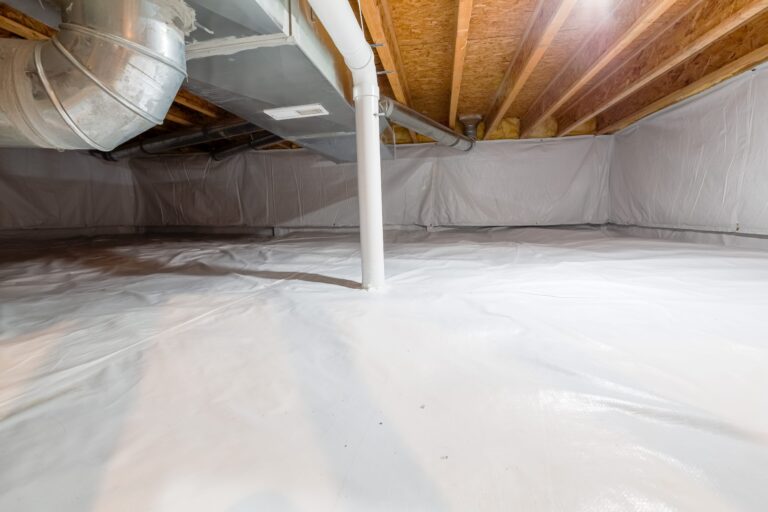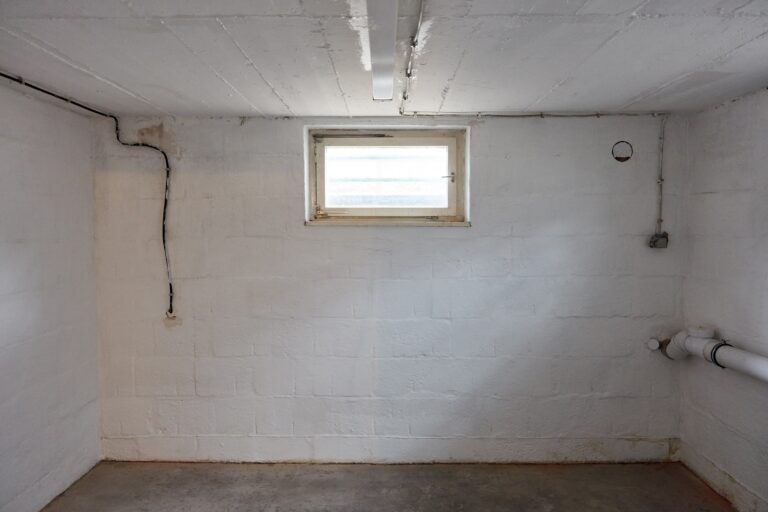Residential radon in single-family homes gets much attention, but what doesn’t get the spotlight enough is Commercial Radon or radon found in commercial buildings. The Centers for Disease Control (CDC) describes radon as an “odorless, invisible, radioactive gas naturally released from rocks, soil, and water” [1]. Radon can enter homes and buildings through small openings, cracks, or holes in the foundation, subfloor, or slab. Despite its relatively short half-life (3.8 days), radon levels can become very concentrated.
The CDC says that over time, breathing in high levels of radon can cause lung cancer [1]. It is important for building owners and occupants to be educated about the importance of knowing and understanding how Commercial Radon impacts human health, which is no different than its health impact in single-family homes. Commercial radon can be broken down into several categories: schools, multi-family housing, and large buildings.
The US is seeing a rise in the number of multi-family housing structures being built. There are more than 43.9 million residences in multi-family housing, which equals 31.4% of all of the current housing in America [2]. In 2021, over 371,000 multi-family units were completed. This time, awareness of radon is important because “radon can be a problem in homes of all types.” [3] If a multi-family lot is affected by radon, many people in one location will be affected by the harmful radioactive, carcinogenic elements, which could ultimately lead to lung cancer.
Healthy Living, as a concept and a trend, is becoming more prevalent across the country, and multi-family communities are being built with a variety of lifestyle amenities such as gyms, lap pools, pickle ball courts, along with environmentally friendly solutions like solar panels, LED lighting, and composting barrels [2]. The next step in healthy living should focus on how the surrounding environment is affecting human health, especially since more and more brownfield locations are being redeveloped.

The only way to know if radon is present is through testing, which is why it is important to raise awareness of testing and educate building owners and developers about radon mitigation. Mitigation can reduce health concerns and limit the long-term liability of building owners and developers. When it comes to healthy living, individuals have a variety of options that they can focus on personally or choose a multi-family community that supports their choices, but individuals have little ability to correct radon issues that may be unknowingly impacting their health; that responsibility often lies solely with the building owner or developer.
Children who are the least able to make choices about where they live are also most at risk from exposure to high concentrations of radon in their living spaces. Children have an innate pediatric radiosensitivity; their faster breathing rates, lower body mass, and longer life expectancy after exposure leave them particularly vulnerable [4].
The EPA recommends that all schools nationwide be tested for radon. To date, only 20% of the schools nationwide have performed any testing for radon[5]. There are over 130,000 public, charter, and private schools in the U.S., with more than 58 million students, teachers, administrators, and support staff spending, on average, 6.64 hours per day in the buildings during the 180-day school year. So, based on the 20% testing numbers, only 11 million of these people are protected from the harmful effects of radon [6,7].
Another area of concern related to radon outside of the home is large commercial/industrial buildings. Currently, there is over 97 billion square feet of commercial floor space in the U.S. New construction is on the rise, “By 2050, commercial building floor space is expected to reach 124.6 billion square feet” [8]. Most of these buildings will be built on concrete slabs or bases which means radium, which breaks down into radon is being transferred from the concrete into the breathing space of the building, starting the whole cycle toward lung cancer over and over with each new building. On average, one-third of people’s lives are spent working. This means that in addition to having a potentially dangerous home, people go into another place where they spend long periods of time and are potentially breathing in harmful indoor air.Play
00:00
00:27MuteSettingsEnter fullscreen
00:00
The EPA has designated January as Radon Action Month to raise awareness of the negative impacts radon can have on human health, regardless of whether the exposure occurs at home, at school, or at work. If an individual spends a significant amount of time at a location that is being impacted by radon, that person has a significantly increased chance of getting radon-induced lung cancer, which is the second leading cause of lung cancer after cigarettes.
Clean Vapor solves complex radon issues in commercial, industrial, and multi-family housing buildings. We focus on creating safe, breathable indoor air environments and protecting human health. We are headquartered in Blairstown, NJ, with offices in Charlotte, NC; Atlanta, GA; Chattanooga, TN; and Southern California. If you have radon-related questions about a specific building or structure, you can contact Clean Vapor via email at rhatton@www.cleanvapor.com or visit the Commercial Radon page on Clean Vapor’s website.
##
[2] https://www.nahb.org/other/consumer-resources/types-of-home-construction/Multifamily
[3] https://www.epa.gov/sites/default/files/2016-02/documents/2012_a_citizens_guide_to_radon.pdf
[4] https://www.ncbi.nlm.nih.gov/pmc/articles/PMC5129267/
[5] https://www.epa.gov/radon/radon-schools
[7] https://nces.ed.gov/surveys/sass/tables/sass0708_035_s1s.asp






